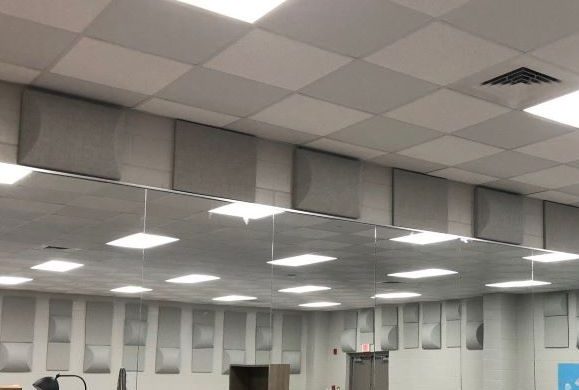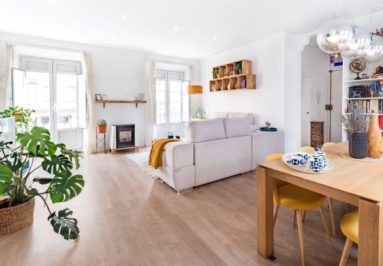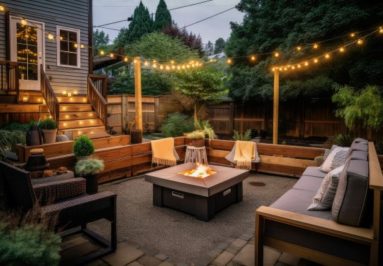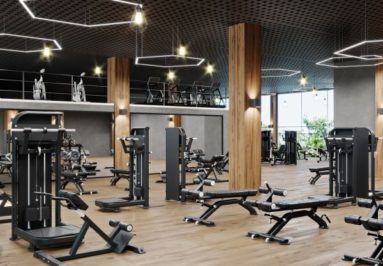Sound diffusers are devices used to scatter or disperse sound waves in a space. They are designed to improve the acoustics of a room by reducing echoes and other sound distortions that can affect the quality and clarity of sound.
Sound diffusers work by breaking up the sound waves and directing them in different directions, rather than allowing them to reflect off surfaces like ceilings and walls. This helps create a more even distribution of sound throughout a room.
Shop: Sound Absorption with Sound Diffusers
What are barrel and pyramid sound diffusers?
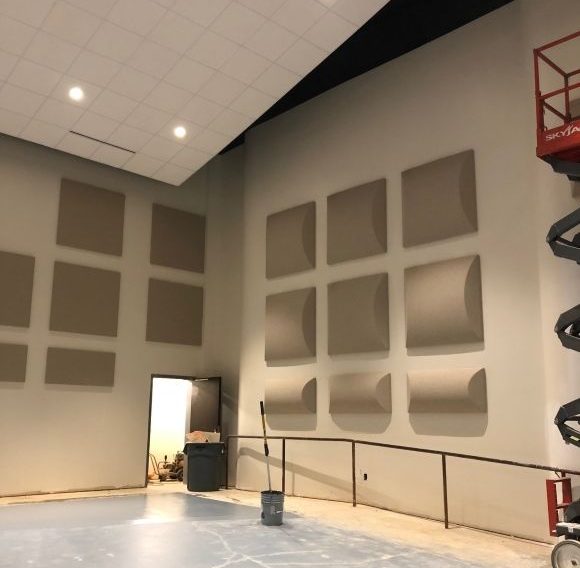
A barrel sound diffuser is shaped like a cylindrical barrel. It is designed to help create a more balanced and natural sound environment by scattering and diffusing sound waves in a room. As sound waves pass through the slats, they are scattered and dispersed in different directions, reducing the intensity of reflection and echoes in the room.
Barrel diffusers are often used in large spaces such as concert halls, auditoriums and large recording studios. They can be mounted on walls or ceilings and are made in a range of sizes and configurations to suit the room they are installed in.
Pyramid diffusers are also designed to scatter sound waves in a room. Its shape is a series of angled surfaces and they are typically made from plastic foam or wood. These diffusers are also great for concerts halls and large auditoriums.
Unlike sound absorbing panels, diffusers absorb only low frequency sound waves that can’t be absorbed by acoustical panels, and reflect high frequency sound waves. Using a combination of both diffusers and panels allows you to achieve a balanced sound.
What is the difference between sound reflection and sound absorption?
Sound absorption and sound reflection are two different processes that affect the way sound behaves in a space.
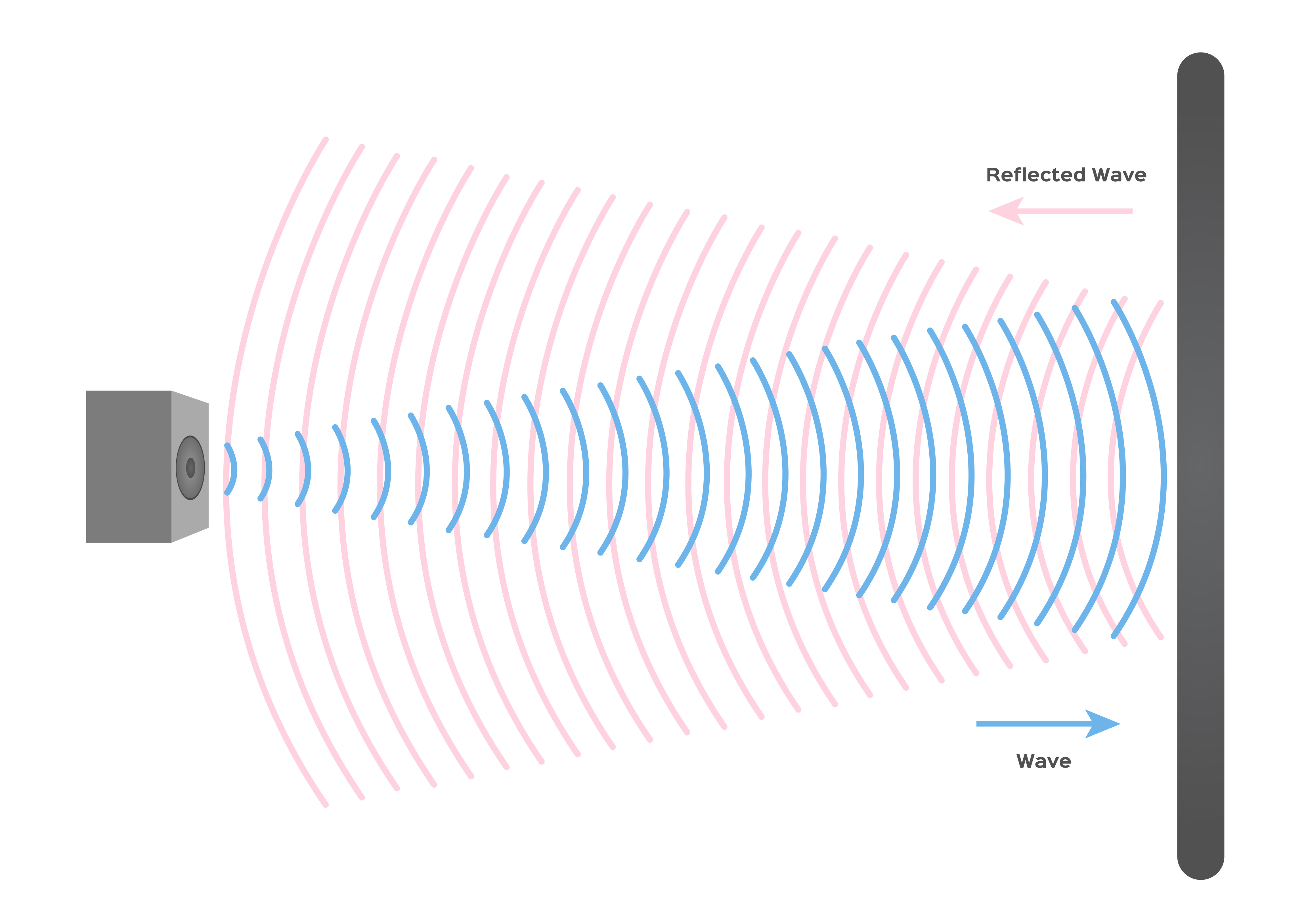
Sound absorption is the process in which sound is absorbed by materials in a room. When sound waves reach these materials, they are absorbed and converted into heat, reducing the amount of sound that reflects back into the room. The more sound absorption there is, the less reverberation and echo there will be.
Sound reflection refers to the process in which sound waves bounce off of surfaces. When sound reflects off surfaces, they can create echoes and reverberation, but in some cases, sound reflection can be useful in spaces such as concert halls where reflection of sound waves off surfaces help create a more natural and immersive sound experience.
In review:
- Sound panels and sound diffuser have different functions. Sound panels reduce echoes and reverberation by absorbing high frequency sound and reflecting low frequencies. Sound diffusers scatter sound waves and absorb low frequency sound and reflect low frequencies. Used together, panels and diffusers can improve sound quality and clarity in a space.
- Using barrel and pyramid sound diffusers can create a more pleasant listening experience. They create a more natural sound environment by distributing sound throughout the space.
- Sound diffusers are great options for large spaces like band rooms, choral rooms, concert halls and auditoriums.
Sound Proof Direct Diffusers
- Sound Proof Direct acoustical diffusers reduce sound intensity and improve clarity by scattering high-frequency sound over a broadened area.
- Sound Proof Direct pyramid shaped diffusers remove echo and imperfections, improving quality without diminishing the effects of the original sound.
- Sound Proof Direct diffusers are available in standard, white plastic finish and FR701 fabric finish that is are available in a variety of colors.

